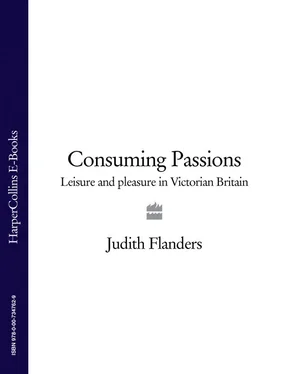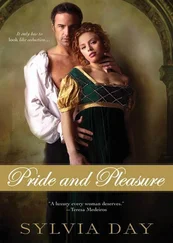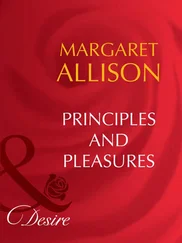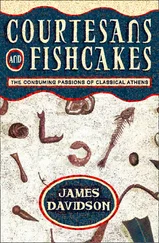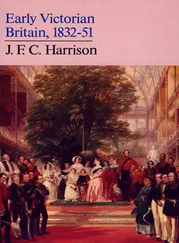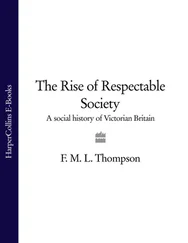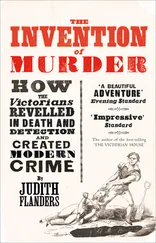20. Articles of Clothing for immediate, personal or domestic use
21. Cutlery, Edge and Hand Tools
22. General Hardware, including Locks and Grates
23. Works in Precious Metals, Jewellery, &c.
24. Glass
25. China, Porcelain, Earthenware, &c.
26. Furniture, Upholstery, Paper Hangings, Decorative Ceilings, Papier Maché, and Japanned Goods
27. Manufactures in Mineral Substances, for Building or Decoration
28. Manufactures from Animal and Vegetable Substances, not being Woven or Felted
29. Miscellaneous Manufactures and Small Wares.
Sect. IV: Fine Arts:—Class 30
30. Sculpture, Models, and Plastic Art, Mosaics, Enamels, &c. Miscellaneous objects of interest placed in the Main Avenue of the Building, not classified. 17
Others, however, saw that there was a danger in this kind of display of pure commodity—a danger that the Prince and many organizers had apparently missed. William Felkin, a hosiery and lace manufacturer, and exactly the kind of man who might have been expected to welcome commercial possibilities, was vehement. In his book The Exhibition in 1851, of the Products and Industry of All Nations. Its Probable Influence upon Labour and Commerce he said, ‘This collection of objects from all countries, is not intended to be an Emporium for masses of raw and manufactured goods. These fill the granaries and factories, the warehouses and shops of the world…This is not intended to be a place where goods are to be sold, or orders given; not a bazaar, fair, or mart of business; if so, it would be a perfect Babel. No one could possibly thread his way with comfort, through such a mazy labyrinth.’ 18
This was the crux: was the Great Exhibition to be a museum, an exploration of the technology that had created, and been created by, the Industrial Revolution? Or was it to be a supermarket, a display of all the goods, all the commodities, of the age? During the organizational stages the non-commercial, educational aspect seemed to be winning out.
The opening-day ceremonies were not promising to those in the audience who were interested in mercantilism rather than the social whirl. As Horace Greeley, founder and editor of the New York Tribune , and a staunch republican, noted:
To have rendered the pageant expressive, congruous, and really a tribute to Industry, the posts of honor next the Queen’s person should have been confided on this occasion to the children of Watt, of Arkwright and their compeers (Napoleon’s real conquerors;) while instead of Grandees and Foreign Embassadors [ sic ], the heirs of Fitch, of Fulton, of Jacquard, of Whitney, of Daguerre, &c., with the discoverers, inventors, architects and engineers to whom the world is primarily indebted for Canals, Railroads, Steamships, Electric Telegraphs, &c., &c., should have been specially invited to swell the Royal cortege. To pass over all these, and summon instead the descendants of some dozen lucky Norman robbers…any of whom would feel insulted by a report that his father or grandfather invented the Steam Engine or Spinning Jenny, is not the fittest way to honor Industry. 19
Lyon Playfair, one of the commissioners, and a confidant of Prince Albert, agreed with Greeley’s views on the virtue of trade, if not with his republican interpretation: he warned that ‘Industry, to which this country owes her success among nations, has never been raised to the rank of a profession. For her sons there are no honours, no recognized social position.’ 20He was determined that the Exhibition would alter that. *
This was all part of the series of underlying arguments about the aims of the Exhibition which was still grumbling on. With the arrival of factory production and mass markets, it was no longer clear that labour in itself retained the intrinsic moral value that had previously been attributed to it. Instead, the cheerleaders for the new age saw moral worth as now residing in the creation of goods for the masses. Industriousness and thrift had long been moral values. Now value for money and goods well manufactured joined them. To provide such items for the masses was in itself virtuous, thought Cole and his friends. They were providing the requisites for living a ‘decent’, a ‘respectable’ life—a life that, as closely as possible, both in commodities and in ideals, resembled the norms of the middle-class world. Not everyone agreed in the short term. The older view, that imbued labour itself with value, continued to hold sway for many. Hard work itself could still be considered to be worth more than the products that that work created. For example, a cabinet-maker, Charles McLean, had produced a mirror and console table for the Exhibition, but his local committee had rejected them as being of insufficient quality. He appealed, and Matthew Digby Wyatt, secretary to the executive committee, overruled the original decision, because, he thought, the ‘getting up…was most spirited’—that is, the mirror and table had taken a lot of time and effort to create, and this outweighed the fact that the design and craftsmanship were of indifferent quality. 21But the new philosophy, with new values—that of supply and demand, and what the market would bear—was in the ascendant. In the eighteenth century the political economist Adam Smith had seen production as the ‘Wealth of Nations’; now the Great Exhibition saw the wealth of nations in ‘the produce of all nations’. Product was taking over from process.
The Exhibition revolved entirely around the new industrial world, the possibilities that mass production had created. But the interpretation of that new world was still open. Was the Exhibition, therefore, about the value of work, or about the end result of that work—about how something was made, or about what could be purchased? Was it an ideal version of a museum, or was it a proto-supermarket? Was it education, or was it entertainment? What was it for ? And for whom?
That the Great Exhibition was, in the widest possible sense, ‘for everybody’ could not be in doubt by the spring of 1851. There were souvenirs for sale across London: an endless stream of items reproducing images of the wildly popular Crystal Palace—items such as papier-mâché blotters, letter-openers and ‘segar’ (cigar) boxes. There were mementoes of specific moments, such as ‘Lane’s Telescopic View of the Opening of the Great Exhibition’, a paper cut-out with a perspective view of the main avenue of the Crystal Palace, complete with interior fountain and one of the trees that had been preserved inside the structure (to much admiration from the public for the engineering feat involved). There were handkerchiefs printed with caricatures of the main participants, including ‘Prince Allbut’. There were even gloves with maps of London printed on the palms, so that non-English-speaking visitors could have their route to the Crystal Palace traced out for them. 22But it was far more than the souvenir market that latched on to the commercial possibilities of the Great Exhibition. There were just as many straightforwardly marketdriven tie-ins as well, such as that promoted by Mr Folkard, ‘Grocer, Tea Dealer and Italian Warehouseman’, who advertised his new ‘Celebrated Exhibition Coffee’, blended from the beans of ‘all nations’, with labels covered with images of foreigners in national dress visiting the Exhibition. 23Examples of extreme self-reflexivity included exhibitions inside the Crystal Palace which displayed images of nothing less than the Crystal Palace itself. The ‘Cotton’ section had a tablecloth ‘in the centre [of which] is a view of the “Exhibition Building”…from the official design by Paxton, with emblematic borders representing Peace and Commerce with the nations; and a procession displaying the costumes of Europe, Asia, Africa, and America, en route to the Exhibition’. 24
Читать дальше
